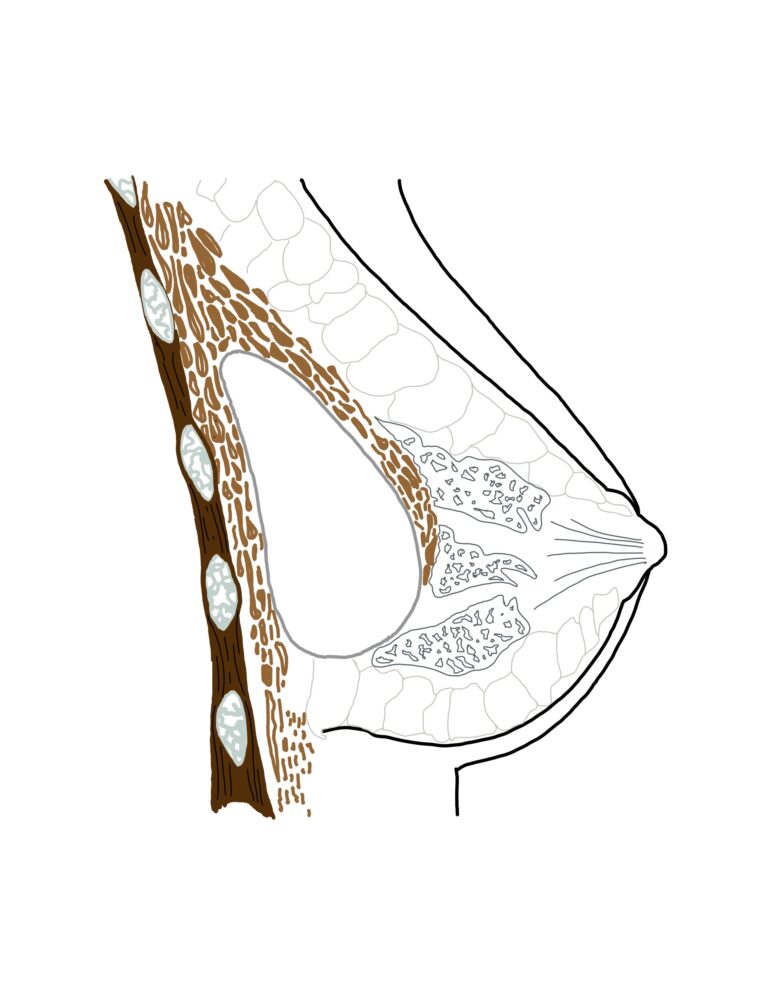

email: info@antonyfitton.co.uk
call: 07494 250277

A breast enlargement with uplift can also be known as a breast augmentation mastopexy.
It is an operation that restores shape and volume to the breasts that have “descended” usually as a consequence of age or motherhood. One of the conspicuous features of breast ptosis (drooping) is the associated descent of the nipple. The level of this descent determines the type of operation required.
A breast enlargement with uplift is a challenging operation with a documented revision rate of around about 20%.
The operation aims to return the nipple to an anatomical position and to reshape the breast tissue and accommodate a breast implant placed either underneath the breast or underneath the muscle.
Placing underneath the muscle is usually indicated in very skinny patients. By placing the implant under the breast in skinny patients, runs the greater risk of developing rippling and the implant being visible in the cleavage area.
A breast enlargement with uplift operation takes approximately two hours to perform and is undertaken under a general anaesthetic.
Following breast enlargement with uplift surgery, in which drains will be used, it is normal for patients to recover in the hospital for between 1 – 2 days. On discharge we would advise you to wear a supporting bra; either a maternity bra or a sports bra.
Complications of a breast enlargement with uplift operation include, scarring, post-operative infection, post-operative bleeding, loss of nipple sensation and rarely, nipple necrosis.
Clearly if there is a degree of asymmetry, it is the intent of surgery to address this but some form of asymmetry may still persist and should be regarded as being a normal variant.
The surgery also involves the use of implants and it is normal practice to use silicone implants although saline implants are available.
The placement of an implant will cause the local tissues to generate some scarring and this is known as a capsule.
Capsules can tighten and cause pain over time. The use of textured implants has reduced the risk of capsular contracture to approximately 8%.
In recent years a small proportion of patients worldwide have developed abnormalities in the capsule known as an anaplastic large cell lymphoma (ALCL). This is a rare form of lymphoma (a type of lymphatic cancer). A small proportion of these patients have died as a result of developing this problem and in some cases patients have required treatment such as radiotherapy and chemotherapy.


The risk of this happening at present is extremely rare, quoted at approximately 1 in 12,000. This compares to the average risk of developing a breast cancer of 1 in 14.
ALCL is less likely to develop in patients with smooth implants and therefore you would need to make a considered choice to forgo textured implants with the risk of developing capsules several years down the line, or to choose a textured implant with a very small chance of developing anaplastic large cell lymphoma in future years. If you were to choose a shaped implant, unfortunately these are only available in textured form.
By considering to undertake this operation there is a chance that further surgery will be required in years to come, either because you develop capsules or the implant ruptures (risk low), or age related changes occur which require further mastopexy.
For information regarding breast implants visit:
http://www.bapras.org.uk/docs/default-source/alcl-guidance/25_11_final-joint-statement.pdf?sfvrsn=2
https://www.bapras.org.uk/public/patient-information/surgery-guides/breast-enlargement


